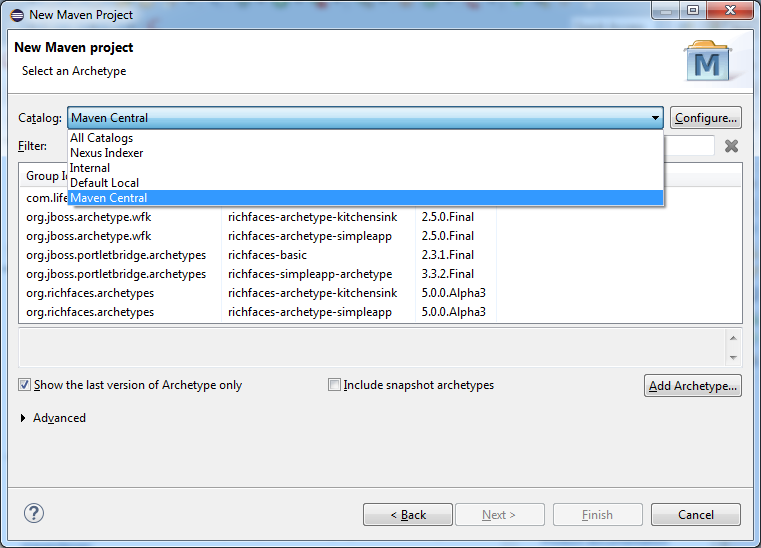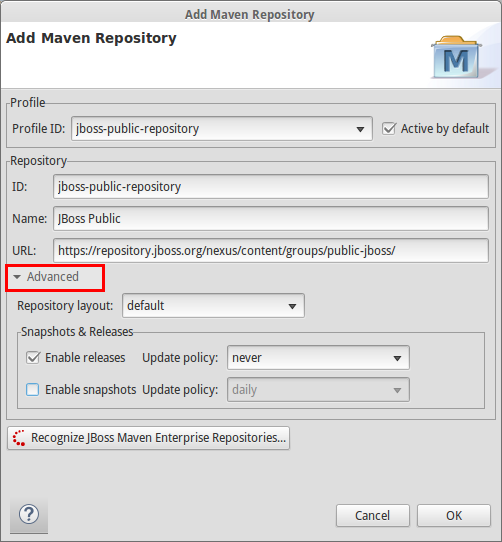Burr Sutter recently recorded and uploaded a handful of screencasts on Hybrid Mobile Development Tools that we recently shipped in JBoss Tools 4.2.0.Final and JBoss Developer Studio 8.0.0.Final.
Those videos (totalling more than 1h15 of materials!) cover the following topics:
Sit back, grab your headphones and enjoy ;-)
Xavier
@xcoulon


